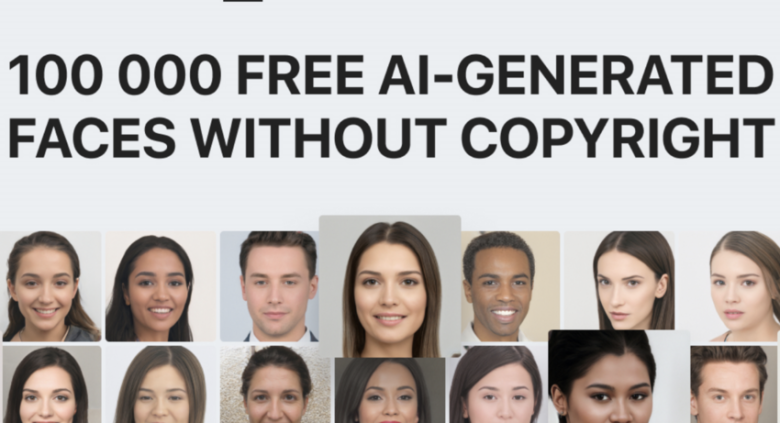Fake faces, created from scratch by artificial intelligence, have fewer and fewer flaws, making them sometimes undetectable to a human.
The “fake faces” or synthetic faces are now more imperceptible to a human being. A study conducted by the University of Texas asked several hundred people to distinguish real people from faces generated by an algorithm.
Fake AI generated faces are harder to recognise than ever!
The study’s process is interesting. A first group of 315 subjects was asked, on two portraits next to each other, which one was fake. The same request was made to a second group of 219 people who were briefly trained to identify fake faces, including the defects left by the artificial intelligence in certain places. A third and final group of 233 participants rated the reliability of the 128 images presented to the first two groups, on a scale of 1 to 7.
In their answers, the subjects of the first group obtained less than one correct answer out of two (48.2%). For the second group, better prepared, the percentage increases slightly to 59% of correct answers. Finally, the ratings of the last group give on average a higher reliability rating to the fake faces (4.82) than to the real people (4.48).
“We’re not saying that every image generated is indistinguishable from a real face, but a significant number of them are,” laments study co-author Sophie Nightingalen. She is also concerned about the ease of access to the technologies that allow the creation of these synthetic portraits. She is not wrong.
Almost two years ago, during the presidential elections in the United States, a 17-year-old American boy created a fake profile of a fake candidate on Twitter. The mysterious Andrew Walz had a profile picture from the website thispersondoesnotexist.com, which, as its name suggests, presents portraits generated by artificial intelligence. Twitter eventually certified his profile before being alerted by the media coverage of the deception.
In their conclusions, the two co-authors encourage “those developing these technologies to ask themselves whether the associated risks outweigh the benefits. If so, then we discourage the development of a technology simply because it works.”
